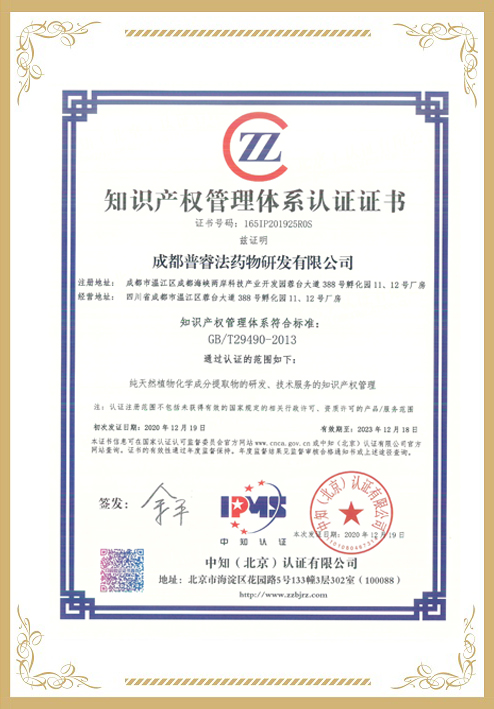Background
Pulmonary fibrosis (PF) is an escalating global health issue, characterized by rising rates of morbidity and mortality annually. Consequently, further investigation of potential damage mechanisms and potential preventive strategies for PF are warranted. Specnuezhenide (SPN), a prominent secoiridoid compound derived from Ligustrum lucidum Ait, exhibits anti-inflammatory and anti-oxidative capacities, indicating the potential therapeutic actions on PF. However, the underlying mechanisms of SPN on PF remain unclear.
Purpose
This work was aimed at investigating the protective actions of SPN on PF and the potential mechanism.
Methods
In vivo, mice were administrated with bleomycin (BLM) to establish PF model. PF mice were treated with SPN (45/90 mg/kg) by gavage. In vitro, we employed TGF-β1 (10 ng/mL)-induced MLE-12 and PLFs cells, which then were treated with SPN (5, 10, 20 µM). DARTS assay, biofilm interference experiment and molecular docking were performed to investigate the molecular target of SPN.
Results
In vivo, we found SPN treatment improved survival rate, alleviated pathological changes through reducing BLM-induced extracellular matrix (ECM) deposition, as well as BLM-induced epithelial-mesenchymal transition (EMT). In vitro, SPN inhibited EMT and lung fibroblast transdifferentiation. Mechanistically, SPN activated the AMPK protein to decrease the abnormally high level of PD-L1. Furthermore, the compound C, known as an AMPK inhibitor, exhibited a significant hindrance to the inhibition of SPN on TGF-β1-caused fibroblast transdifferentiation and proliferation. This outcome could be attributed to the fact that compound C could eliminate the inhibitory effects of SPN on PD-L1 expression. Interestingly, DARTS assay, biofilm interference experiment and molecular docking results all indicated that SPN could bind to AMPK, which suggested that SPN might be a potential agonist targeting AMPK protein.
Conclusion
Altogether, the results in our work illustrated that SPN promoted AMPK-dependent reduction of PD-L1 protein, contributing to the inhibition of fibrosis progression. Thus, SPN may represent a potential AMPK agonist for PF treatment.























